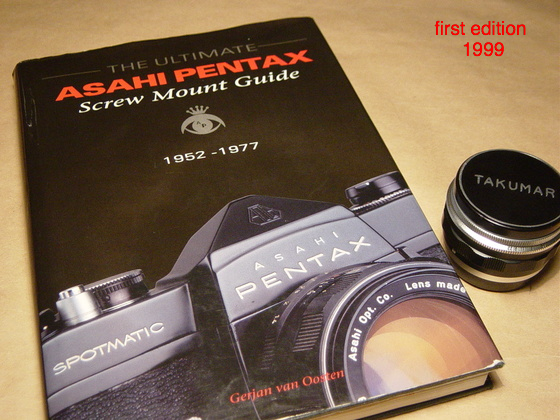Lens pages show graphs with acceptable levels of variation for the estimated number of copies of lenses produced. Estimates for the most, and the least common models are least reliable, but the utility of the results is obvious where none before existed. They provide an objective source; for historical events and for further research.
Marrying the estimated numbers of lenses with the number of cameras they were sold with has been challenging. Available records of some camera models produced are limited.
For example, an estimated 32,200 copies of the Auto-Takumar 55/2.2 were sold on the S1 and H1 Asahi Pentax camera models from 1961. The best available estimate of the combined number of these two camera models made is currently 46,500 copies (Gerjan van Oosten, 2021); differing by 30% (assuming a 1:1 match up).
On the other hand the estimated numbers of Asahi Pentax K and its "zebra" lens are well aligned.
The 6x7 field guide is due more attention, as are descriptive aspects of the lenses and early production history. More paths to follow.......
Thank you for all your comments.
Droo


 RSS Feed
RSS Feed
